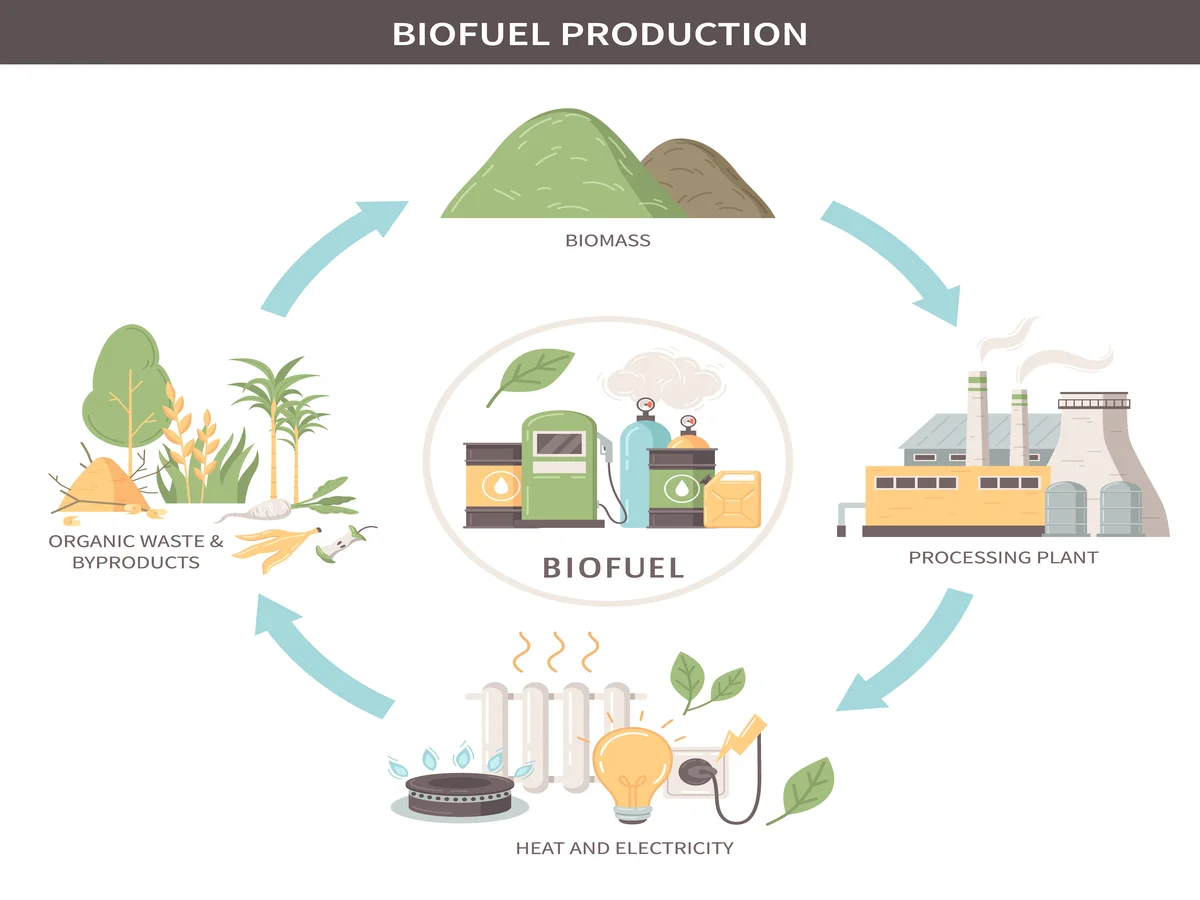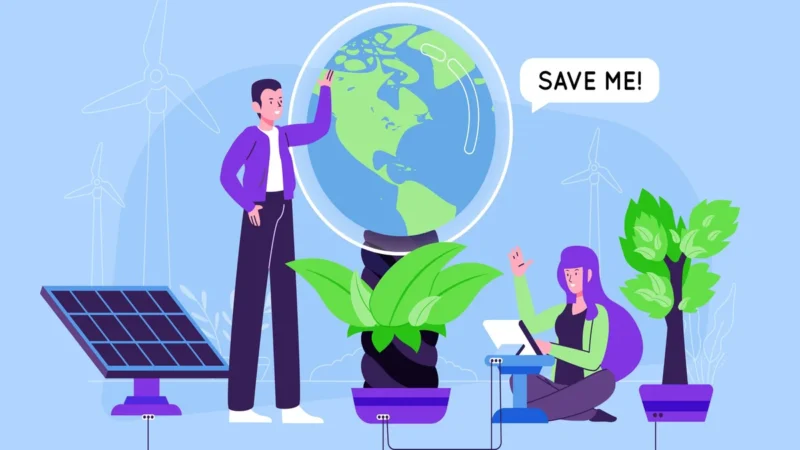How Converting Biomass Waste into Sustainable Fuels Aids Carbon Balance Restoration?

In the global pursuit of sustainable energy, converting biomass waste into fuels has emerged as a promising avenue. Biomass waste, derived from organic materials such as agricultural residues, forest debris, and organic municipal waste, represents a significant resource that, when harnessed effectively, can aid in restoring the carbon balance. This conversion process not only offers a sustainable energy source but also plays a pivotal role in mitigating greenhouse gas emissions and fostering a circular economy.
The Carbon Balance Conundrum
The contemporary world faces a critical challenge: an imbalance in the carbon cycle due to excessive fossil fuel consumption. This imbalance leads to heightened greenhouse gas concentrations, contributing significantly to climate change. Addressing this requires a multifaceted approach that includes both reducing fossil fuel usage and enhancing the use of renewable, carbon-neutral resources. Biomass waste conversion offers a compelling solution by tapping into organic materials that would otherwise decompose, releasing methane—a potent greenhouse gas—into the atmosphere.
Biomass Waste-to-Fuel Conversion Technologies
Several innovative technologies facilitate the transformation of biomass waste into sustainable fuels. One prominent method is thermochemical conversion, encompassing processes like pyrolysis, gasification, and hydrothermal liquefaction. Pyrolysis involves heating biomass in the absence of oxygen, yielding bio-oil, biochar, and syngas. Gasification produces syngas by reacting biomass with controlled amounts of oxygen and steam. Hydrothermal liquefaction utilizes high temperature and pressure to convert biomass into biocrude.
Moreover, biochemical processes like anaerobic digestion and fermentation are instrumental in converting biomass into biogas, bioethanol, and biodiesel. Anaerobic digestion employs microorganisms to break down organic matter, producing methane-rich biogas. Fermentation involves the conversion of sugars derived from biomass into bioethanol or biodiesel, viable substitutes for conventional fossil fuels.
Environmental Benefits and Carbon Balance Restoration
The conversion of biomass waste into sustainable fuels offers a myriad of environmental benefits. Firstly, it reduces reliance on finite fossil fuel reserves, thereby curbing greenhouse gas emissions associated with their extraction and combustion. Additionally, utilizing biomass waste for fuel production mitigates methane emissions that would arise from its natural decomposition. This prevents the release of potent greenhouse gases into the atmosphere, effectively reducing the overall carbon footprint.
Furthermore, the cultivation and utilization of biomass for fuel generation can be part of a closed-loop system, promoting a circular economy. By using agricultural residues and organic waste as feedstock for fuel production, this process minimizes waste while creating value from materials that would otherwise be discarded. This approach aligns with sustainability principles, contributing to a more efficient utilization of resources and reducing environmental strain.
Economic Viability and Technological Advancements
The economic viability of biomass waste-to-fuel conversion has improved considerably with technological advancements. Research and development initiatives have led to more efficient processes, reducing production costs and enhancing the scalability of these technologies. Governments and private enterprises are increasingly investing in bioenergy projects, recognizing the potential for job creation, energy security, and a reduced carbon footprint.
Key Takeaways
Converting biomass waste into sustainable fuels represents a pivotal strategy in restoring the carbon balance and combating climate change. By harnessing organic materials to produce renewable energy sources, this approach mitigates greenhouse gas emissions, fosters a circular economy, and reduces dependence on fossil fuels. Continued innovation, coupled with supportive policies and investments, will further propel the advancement and adoption of biomass waste conversion technologies, heralding a more sustainable and balanced future for energy production.
Frequently Asked Questions (FAQs) on Converting Biomass Waste into Sustainable Fuels:
Biomass waste comprises organic materials such as agricultural residues, forestry by-products, and organic municipal waste. Converting this waste into fuels is crucial because it offers a sustainable alternative to fossil fuels, reduces greenhouse gas emissions, and contributes to a circular economy by repurposing organic materials that would otherwise decompose and release methane.
Biomass waste can be converted into fuels through various processes such as thermochemical conversion (pyrolysis, gasification, hydrothermal liquefaction) and biochemical processes (anaerobic digestion, fermentation). These methods involve applying heat, pressure, or biological catalysts to break down organic matter into biofuels like bio-oil, biogas, bioethanol, and biodiesel.
Converting biomass waste into fuels helps reduce greenhouse gas emissions by replacing fossil fuels and preventing methane release from decomposing organic matter. It also promotes a circular economy by utilizing waste materials, reduces reliance on finite resources, and minimizes environmental strain.
Yes, technological advancements have significantly improved the economic viability of biomass waste-to-fuel conversion. Innovations in processes and scaling up production have led to reduced costs, making these technologies more competitive. Moreover, investments from governments and private sectors are increasingly supporting bioenergy projects, recognizing the potential for job creation and energy security.
Biomass waste conversion aids in restoring the carbon balance by sequestering carbon in the produced biofuels and preventing the release of methane, a potent greenhouse gas. It provides a renewable energy source that offsets carbon emissions from fossil fuel combustion, thereby contributing to a more balanced carbon cycle and mitigating climate change effects.


